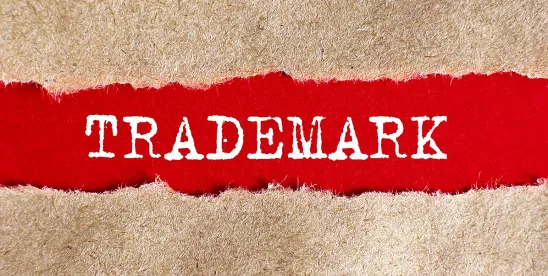The US Court of Appeals for the Second Circuit reversed a district court’s grant of preliminary injunction for abuse of discretion based on an erroneous evaluation of the strength of the “inherently descriptive” marks at issue. City of New York v. Henriquez, Case No. 23-325 (2d Cir. Apr. 16, 2024) (Livingston, CJ; Walker, Carney, JJ.)
Juan Henriquez is a first responder with the Fire Department of New York (FDNY). Henriquez began organizing what he called “medical special operations conferences” (MSOCs) around the United States. In New York, he partnered with the FDNY. Six years into organizing with the FDNY, the relationship soured. Henriquez then applied to register “Medical Special Operations Conference” as a trademark. The US Patent & Trademark Office (PTO) rejected his application on the basis that the mark was merely descriptive. Henriquez amended his application under § 2(f) of the Lanham Act, which allows registration of descriptive marks that have been used on a “substantially exclusive and continuous basis” for at least five years. The PTO agreed to register his mark.
The FDNY and the City of New York brought suit, seeking to cancel Henriquez’s trademark. Henriquez counterclaimed for trademark infringement of his registered “Medical Special Operations Conference” mark and the related unregistered mark “MSOC”. The district court granted Henriquez a preliminary injunction and barred the FDNY from using “medical,” “special” and “operations” in its branding. The FDNY appealed.
The FDNY raised two issues on appeal: did the district court abuse its discretion by enjoining the FDNY’s use of the marks, and alternatively, did the district court grant an “overbroad” injunction?
The Second Circuit agreed with the FDNY on the first injunction issue and therefore did not reach the second.
The Second Circuit requires analysis of the eight “likelihood of confusion” factors under Polaroid when considering a preliminary injunction. While no one factor is dispositive, the strength of a mark “is especially important,” and therefore the Court is “reluctant to affirm any preliminary injunction founded upon an erroneous strength analysis.”
The Second Circuit found three “missteps” that led the district court to commit legal error by improperly categorizing Henriquez’s two marks as “at least strongly suggestive,” when in fact the marks were inherently descriptive.
First, the Second Circuit explained that the district court did not properly consider Henriquez’s past concessions about his marks. Henriquez registered his mark under § 2(f) of the Lanham Act – conceding descriptiveness. Henriquez also argued to the district court that both of his marks were valid based on secondary meaning, which is only necessary for descriptive marks. Because “[w]hat parties say about their marks matters,” the district court was wrong to ignore admissions of descriptiveness.
Second, the Second Circuit found that the district court did not properly consider the PTO’s characterization of the marks as descriptive. Courts should “accord great weight to the PTO’s conclusions” and only decline to follow those conclusions “for compelling reasons.” The Court noted that the PTO initially rejected Henriquez’s application and only granted registration under § 2(f), which requires an admission that marks are descriptive (but have acquired secondary meaning). Registration under § 2(f) does not alter the PTO’s determination that a mark is inherently descriptive. The Second Circuit explained that the district court had not afforded this determination any weight, let alone “great weight.”
Third, the district court failed to assess the marks’ distinctiveness within the relevant market. The district court determined the marks were not descriptive to the general public, who may think that “Medical Special Operations Conference” referred to conferences about medical surgeries instead of first responder trainings. The proper inquiry, however, was whether “prospective MSOC attendees” may find the marks descriptive. This, too, suggested the marks were merely descriptive.
These three “missteps” in combination led the district court to commit legal error by granting Henriquez a preliminary injunction based on its erroneous findings regarding the strength of the marks. The Second Circuit found that this error was enough to overturn the injunction, even though neither party briefed any of the other Polaroid factors.
Practice Note: Trademark registrations under § 2(f) of the Lanham Act are valid and enforceable marks, but parties should be prepared to effectively assert or defend them by understanding the parameters of a secondary meaning registration.




 />i
/>i

